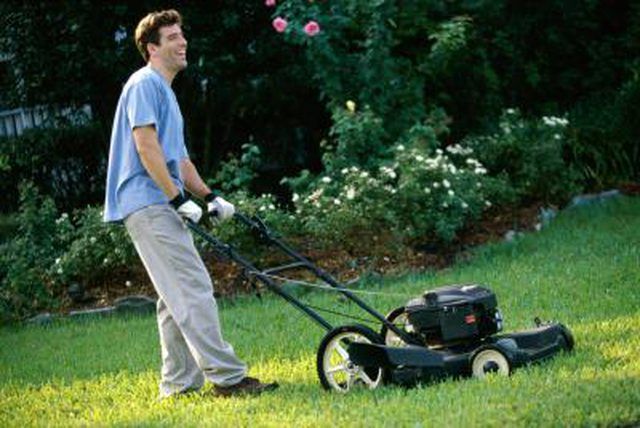Bulbs
Flower Basics
Flower Beds & Specialty Gardens
Flower Garden
Garden Furniture
Garden Gnomes
Garden Seeds
Garden Sheds
Garden Statues
Garden Tools & Supplies
Gardening Basics
Green & Organic
Groundcovers & Vines
Growing Annuals
Growing Basil
Growing Beans
Growing Berries
Growing Blueberries
Growing Cactus
Growing Corn
Growing Cotton
Growing Edibles
Growing Flowers
Growing Garlic
Growing Grapes
Growing Grass
Growing Herbs
Growing Jasmine
Growing Mint
Growing Mushrooms
Orchids
Growing Peanuts
Growing Perennials
Growing Plants
Growing Rosemary
Growing Roses
Growing Strawberries
Growing Sunflowers
Growing Thyme
Growing Tomatoes
Growing Tulips
Growing Vegetables
Herb Basics
Herb Garden
Indoor Growing
Landscaping Basics
Landscaping Patios
Landscaping Plants
Landscaping Shrubs
Landscaping Trees
Landscaping Walks & Pathways
Lawn Basics
Lawn Maintenance
Lawn Mowers
Lawn Ornaments
Lawn Planting
Lawn Tools
Outdoor Growing
Overall Landscape Planning
Pests, Weeds & Problems
Plant Basics
Rock Garden
Rose Garden
Shrubs
Soil
Specialty Gardens
Trees
Vegetable Garden
Yard Maintenance
How to Identify a Snapper Mower Model
How to Identify a Snapper Mower Model. The Snapper mower model number is important when you need to order replacement parts or a service manual for your machine. It differs from the model name, usually found on the side of the hood or chassis, which won’t get you the correct belt when you need it. Locating the mower model number can be done...

The Snapper mower model number is important when you need to order replacement parts or a service manual for your machine. It differs from the model name, usually found on the side of the hood or chassis, which won’t get you the correct belt when you need it. Locating the mower model number can be done fairly quickly on newer mowers, but it may take some hunting on older ones. Once you find it though, what the model number can tell you varies because the Snapper brand of mower has been around since 1894 and manufactured by three different companies.
Things You'll Need
Owner’s manual, optional
Locate the product identification tag (PIT). This is a small, rectangular plate usually made of aluminum. On older models, it is either silver or black in color with the model number stamped on it. For newer models, it is gray with black writing and may be a sticker rather than a metal plate. For walk-behind mowers, the PIT is commonly located on top of the deck near the back. For riding mowers, look for the PIT on the mower’s frame above the right front tire. The PIT is found on the right side of the rear bumper for riding mowers with rear engines, including zero-turn models. If you can’t find the PIT, the model number is also listed in the owner’s manual that came with the mower.
Find the model number on the PIT. For newer models, it follows the word "Model" and appears below a bar code. It is seven to nine digits long with digits eight and nine following a dash. The first seven digits are the model number; if two digits follow a dash they indicate the series designation for the model. For example, 7800578 is the model number for the RZT27460 (model name) in the 285Z series. The model number for this unit is not followed by two digits to indicate series designation.
Find the model number on the PIT of an older model. For models made in the 1990s, the model number on the PIT is made up of letters and numbers that identify features of the machine. If the first digit is the letter "N," it indicates it meets California air quality regulations. If there is not a letter, it does not comply with California regulations. The sequence of numbers and letters that follow indicate mower deck width, engine horsepower, series designation, engine type and engine options. An example is the model number N250816BE. This model meets California regulations, has a 25-inch cutting width, an 8-horsepower engine, a series 16 designation, and has a Briggs & Stratton engine with an electric starter. Conversely, the 250816B has the same features, but does not meet California regulations or have an electric start.